In the world of dog breeds, there are many whose origins are steeped in mystery and intrigue. These breeds captivate us not only with their unique appearances and characteristics but also with their enigmatic histories. From ancient times to the modern era, the origins of some breeds remain subjects of speculation and folklore, contributing to their mystique and appeal. These dogs often come from remote or inaccessible regions of the world, or they have histories that are poorly documented or lost over time. In this article, we explore the top 12 most mysterious dog breeds, delving into the stories and theories that surround their origins. Each of these breeds not only offers a glimpse into the diverse roles dogs have played in human societies but also showcases the rich tapestry of canine evolution.
12. Norwegian Lundehund
The Norwegian Lundehund, with its unique ability to climb and navigate rocky cliffs, was used to hunt puffins along the harsh coastlines of Norway. What makes this breed particularly mysterious is its ancient origin and the specific physical adaptations it has developed, such as extra toes and extremely flexible joints, which are not seen in any other dog breed. The Lundehund’s history is intertwined with Viking lore and it narrowly escaped extinction during World War II, adding layers of drama and survival to its story. Despite its critical role in its native land, comprehensive historical records of the breed are sparse, leaving much of its past shrouded in mystery.
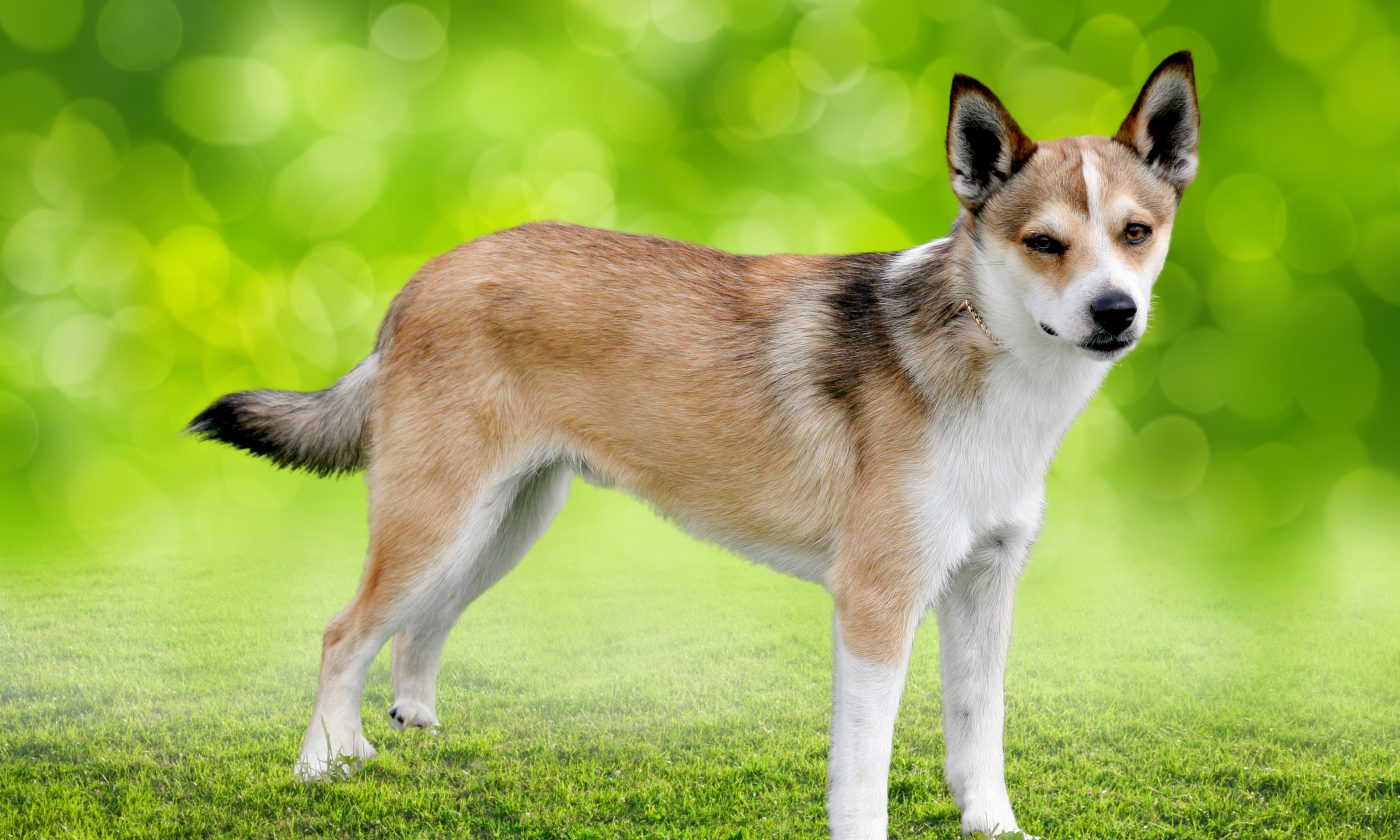
11. Azawakh
Originating from the Sahel region in Africa, the Azawakh is a sighthound that has been a companion of the nomadic Tuareg tribes for centuries. This breed is known for its elegant build and aloof temperament, but its history is largely undocumented, preserved mainly through oral traditions of the tribes. The Azawakh’s presence outside its native land has been relatively recent, contributing to its mystique in the canine world. Its exact lineage and development remain topics of fascination and speculation, enhanced by its striking appearance and the isolated environment it comes from.
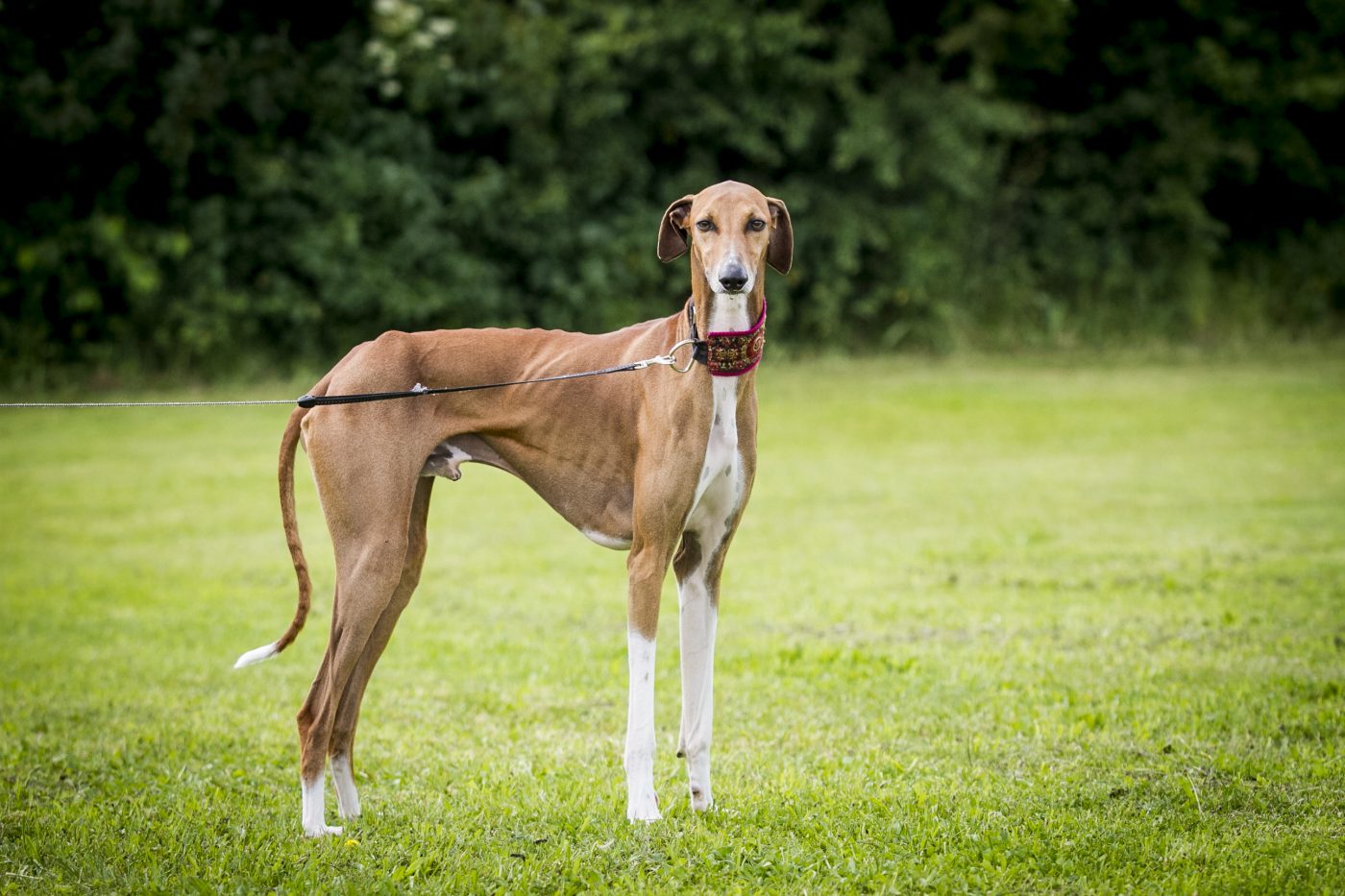
10. Thai Ridgeback
The Thai Ridgeback is a breed that was historically isolated in Eastern Thailand and used primarily for hunting and guarding. Its most distinctive feature is the ridge of hair running along its back that grows in the opposite direction to the rest of its coat. This feature is shared with only two other breeds in the world, making its origin a subject of interest. The lack of extensive interaction with other breeds preserved its genetic uniqueness but also left its historical documentation minimal. The Thai Ridgeback’s origins are closely tied to local Thai cultures that did not keep written records, adding to the mystery of how this breed developed its distinctive traits.
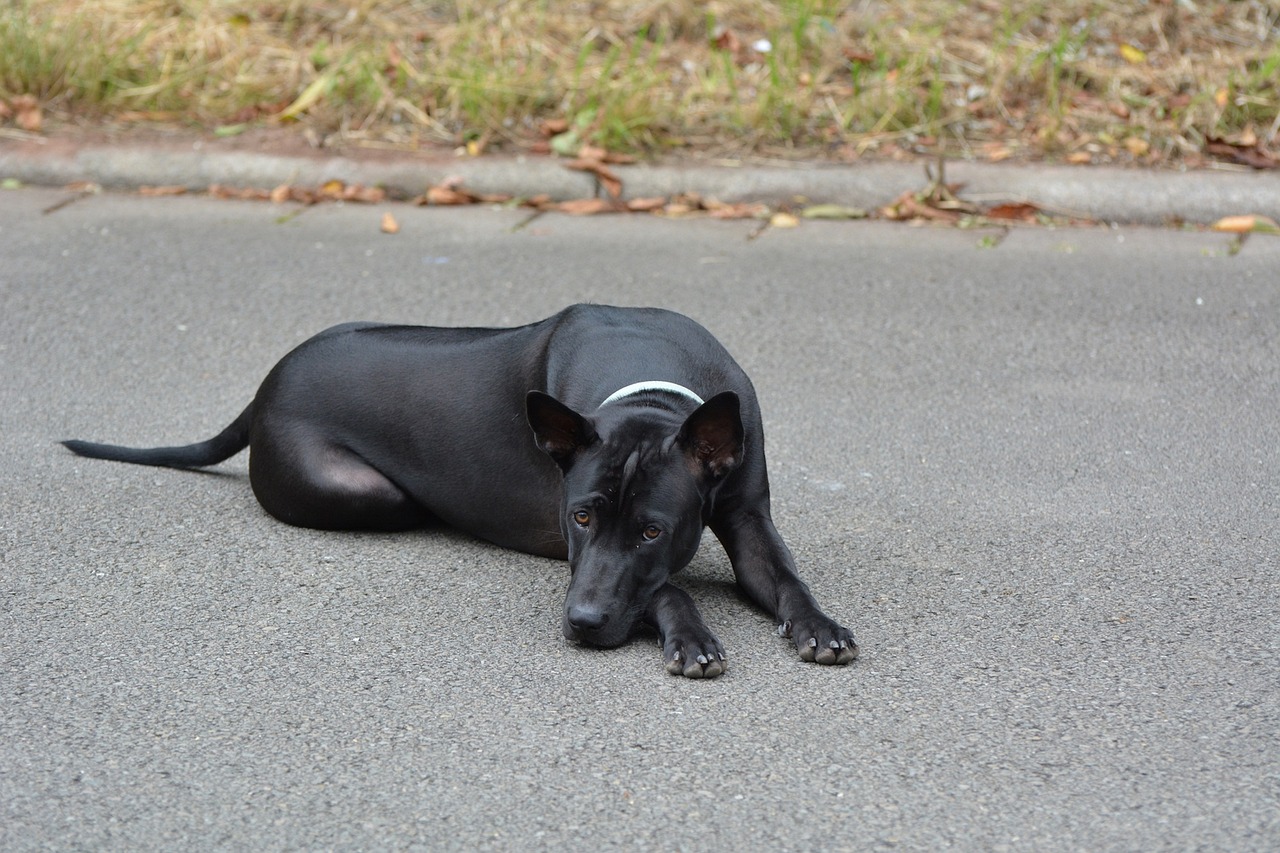
9. Basenji
The Basenji is often referred to as the “African Barkless Dog” due to its unique inability to bark, instead producing a distinctive yodel-like sound known as a “barroo.” Originating from Central Africa, it is one of the oldest breeds, with depictions appearing in ancient Egyptian artifacts. The Basenji were not successfully bred in the Western world until the 20th century, largely due to the difficulties in bringing them out of their native remote forests of Congo. The breed’s exact historical roles and development remain a puzzle, enhancing its allure as a primitive and mysterious dog breed.

8. Saluki
The Saluki, one of the oldest known breeds, is often considered a living relic of ancient times. Believed to have originated from the Fertile Crescent, the Saluki has been found in ancient Egyptian tombs dating back to 2100 BCE. These dogs were revered in ancient societies, often seen as royal pets, and were believed to be gifts from Allah in the Muslim world, which forbade their sale. Despite its ancient connections, much about the Saluki’s early domestication and breeding remains unknown, with much of its history based on archaeological findings rather than written records.
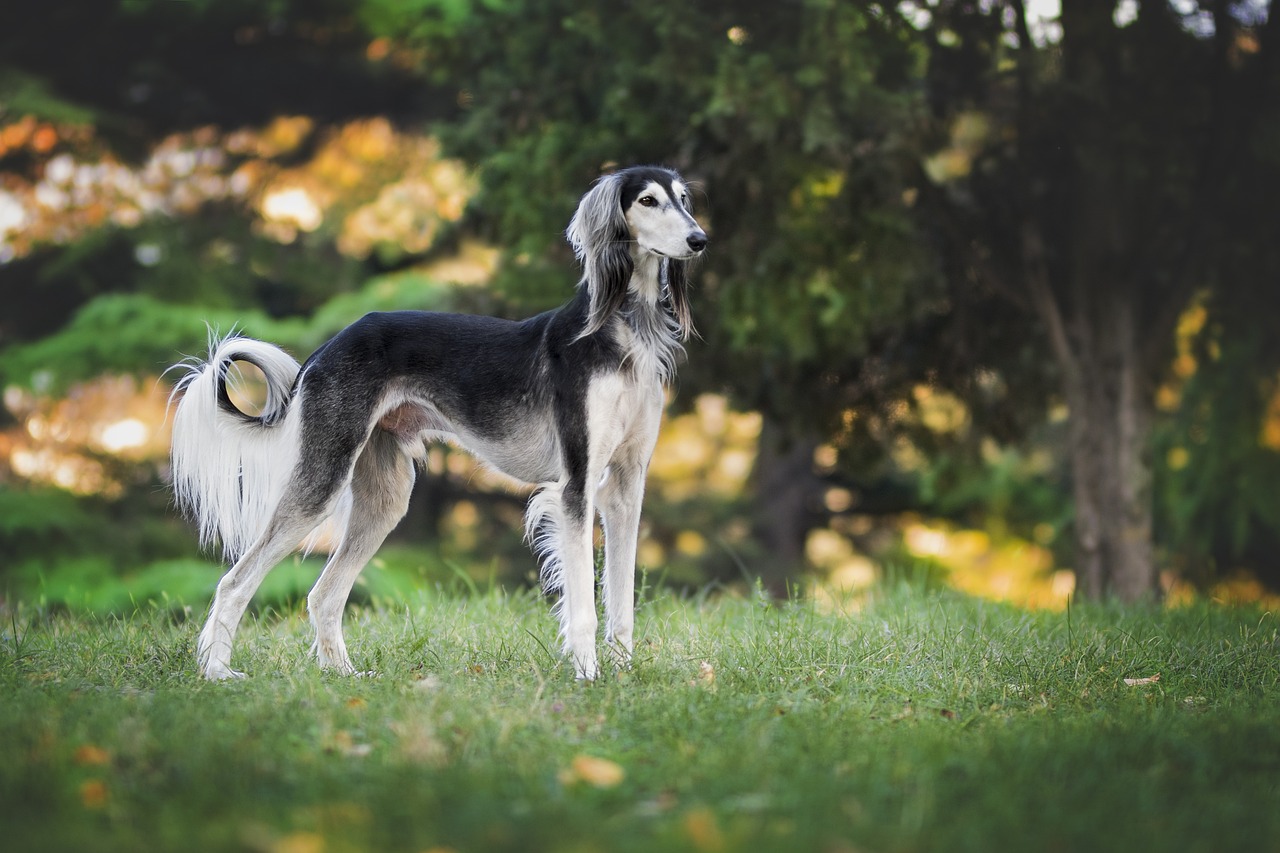
7. Xoloitzcuintli
The Xoloitzcuintli (or Xolo) is one of the most enigmatic breeds due to its ancient Central American origins and cultural significance. Known for its characteristic hairlessness, the Xolo was considered sacred by the Aztecs and other Mesoamerican civilizations, believed to guide the souls of the dead to the underworld. Artifacts depicting dogs resembling the Xolo date back over 3,000 years, but details about its breeding and domestication are sparse. The breed’s survival through centuries, despite the decline of indigenous cultures and the arrival of Europeans, contributes to its mystique.

6. Chow Chow
The Chow Chow is one of the world’s oldest dog breeds, and its exact origin is as enigmatic as its distinctive blue-black tongue. Believed to have originated in Mongolia or Northern China, it served various roles from sled dogs to temple guardians. The breed’s antiquity, evidenced by Chinese artifacts from a few thousand years BC, does little to clarify its early history. The Chow Chow’s lineage and the development of its unique features, such as its lion-like mane and unusual tongue, remain subjects of both scientific study and myth.
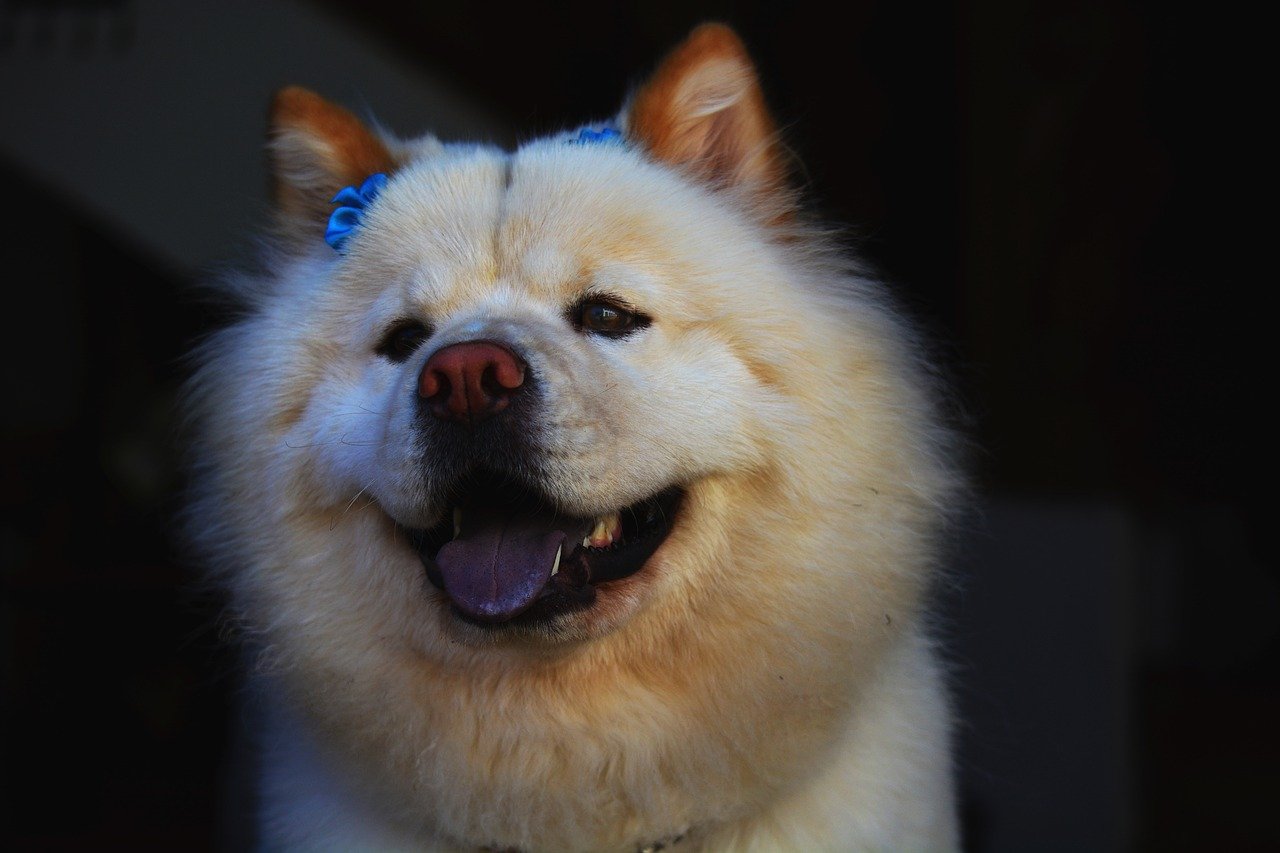
5. Afghan Hound
The Afghan Hound is another breed with an elusive past, hailing from the mountains of Afghanistan where it was used by nomadic tribes to hunt large prey. Its exact origins are difficult to trace due to Afghanistan’s long history of conflict and isolation. The breed’s elegance and exotic look have contributed to its status as a dog of mystery and luxury in the Western world. Known for its independent nature and aristocratic bearing, the Afghan Hound’s history is a blend of myth and sparse historical documentation.

4. Canaan Dog
The Canaan Dog is the national dog of Israel and has a history that is closely linked to the ancient Canaanites who lived in the region over 4,000 years ago. Used primarily as a herding and guard dog, the Canaan Dog was later found in a semi-wild state, having survived in the deserts of Israel for centuries. The breed’s re-domestication in the 20th century by Dr. Rudolphina Menzel, who used them as guard dogs for isolated settlements, adds a modern twist to its historical lineage. The breed’s survival through millennia in harsh conditions underscores its resilience and deep-rooted history.
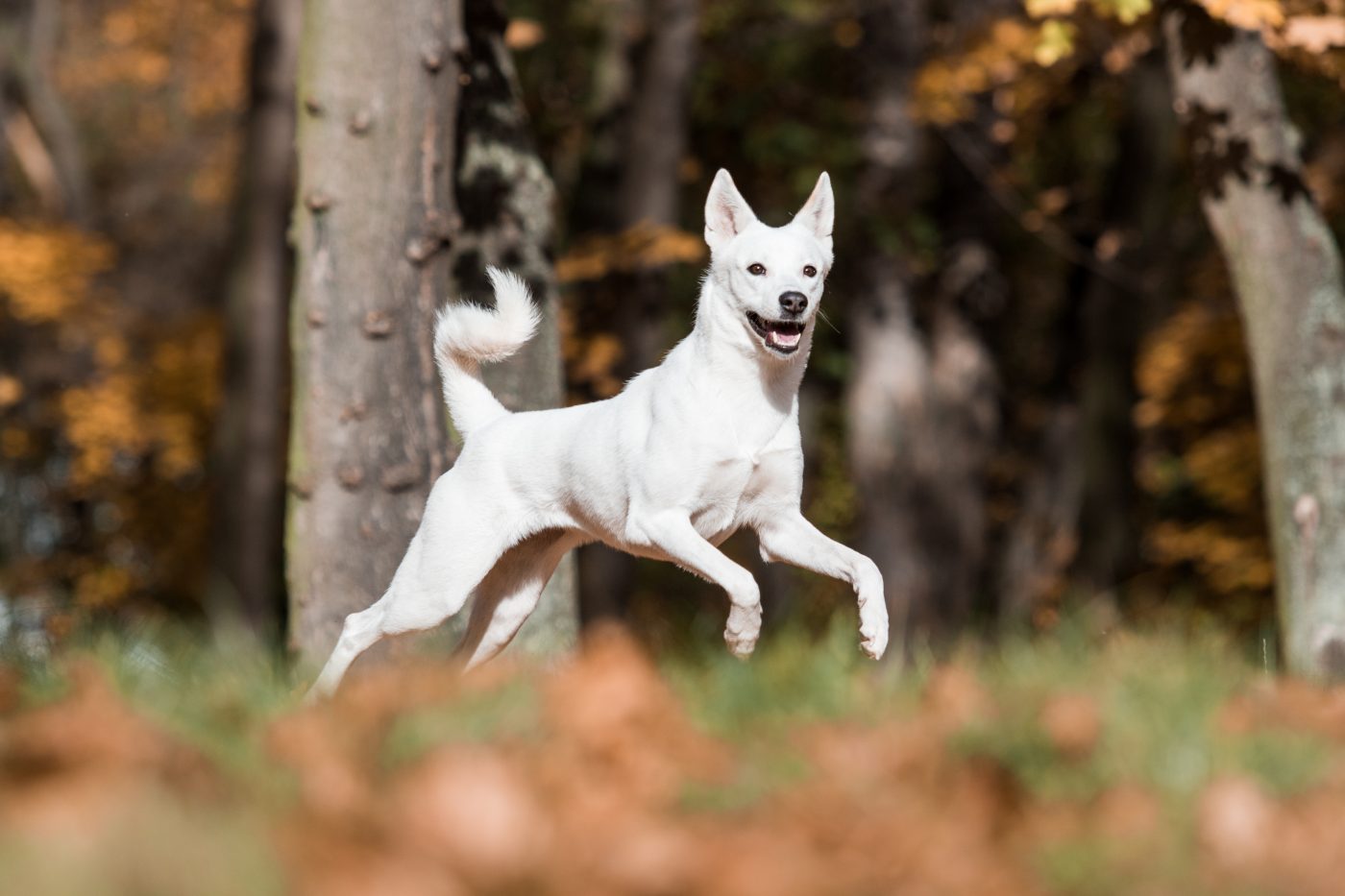
3. Carolina Dog
The Carolina Dog, also known as the American Dingo, was discovered in the wild areas of the southeastern United States and is believed to be a descendant of ancient dogs that crossed the Bering land bridge with the first Native Americans. This breed’s wild origin, evident in its dingo-like appearance and survival instincts, has only recently been studied and recognized. Genetic studies suggest a direct lineage from ancient Asian breeds, but many aspects of its natural history remain a mystery, intertwined with the early human history of the Americas.
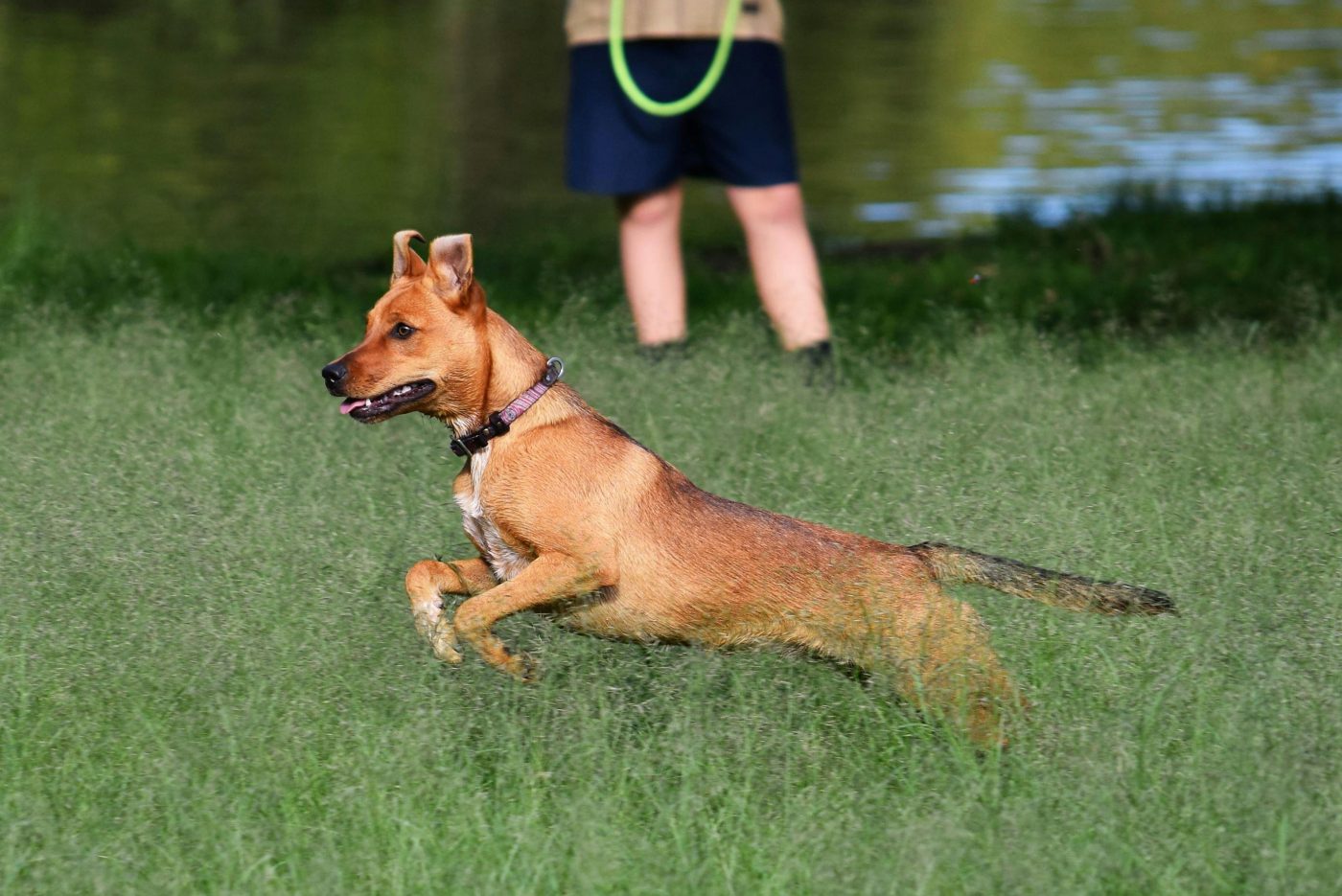
2. New Guinea Singing Dog
The New Guinea Singing Dog is named for its unique and melodious howl, which distinguishes it from other breeds. Native to the highlands of New Guinea, they are thought to have existed in isolation for thousands of years. The breed is incredibly rare, with many living in captivity as part of conservation efforts, and their wild population is elusive. The mystery surrounding their domestication, wild status, and even their classification as a distinct species or a variant of domestic dogs makes them a subject of both intrigue and scientific study.
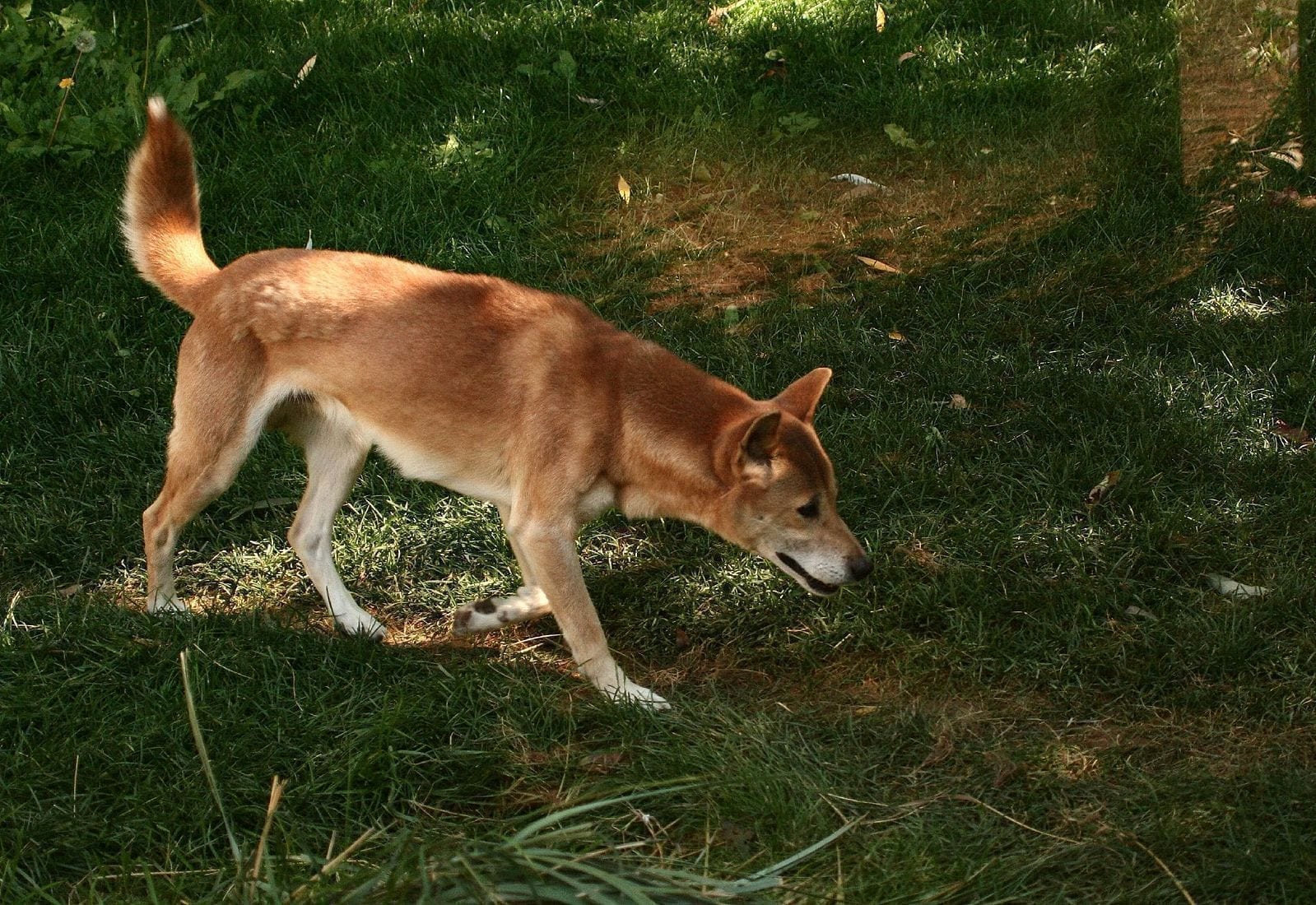
1. Tibetan Mastiff
Topping the list of mysterious dog breeds is the Tibetan Mastiff, a breed surrounded by legends and known for its role as a guardian of Tibetan monasteries. Its origins are veiled in the mists of the Himalayas, with early travelers to Tibet reporting on the impressive and formidable dogs. Tibetan Mastiffs have a mythical status, purportedly given as gifts by the gods to local tribes to protect them. Despite being known to the Western world since the 1800s, much about their early domestication and breeding practices remains unknown, shrouded by the isolated and secretive nature of their homeland.

In conclusion, these 12 breeds each hold a place in the canine kingdom as guardians of their own mysterious pasts. Their stories are not fully written but are pieced together from archaeological findings, folklore, and the rare historical documents that mention them. The mystery that surrounds their origins not only adds to their allure but also invites us to imagine the myriad ways dogs have traveled with us through history, serving as companions, protectors, and symbols in our human journeys. These breeds remind us that not every tale is fully told, and much about our shared past with these animals remains to be discovered.
 Toledo, United States.
Toledo, United States.